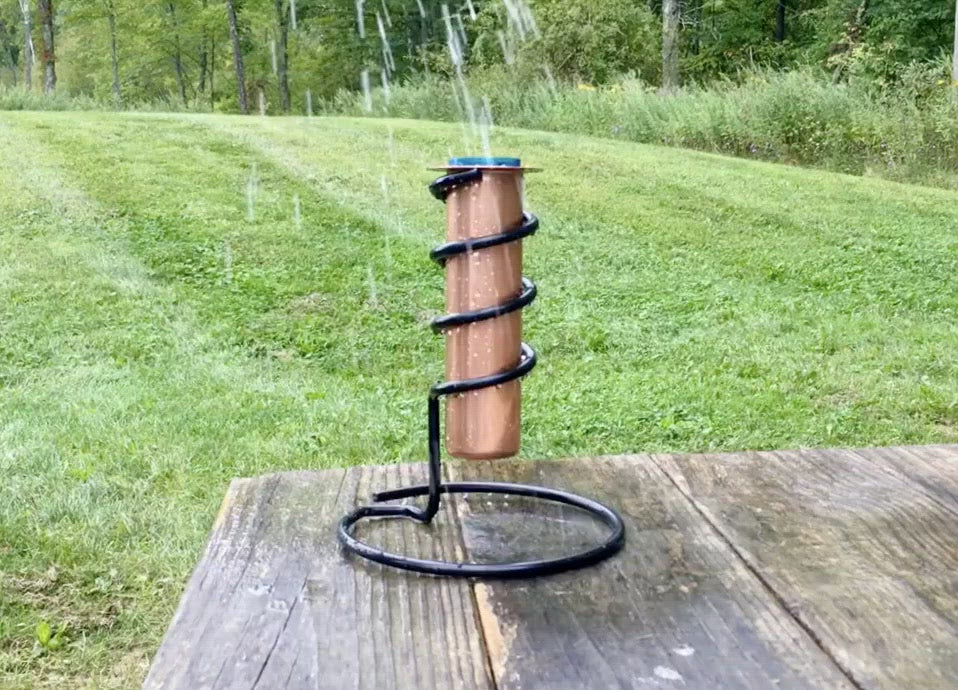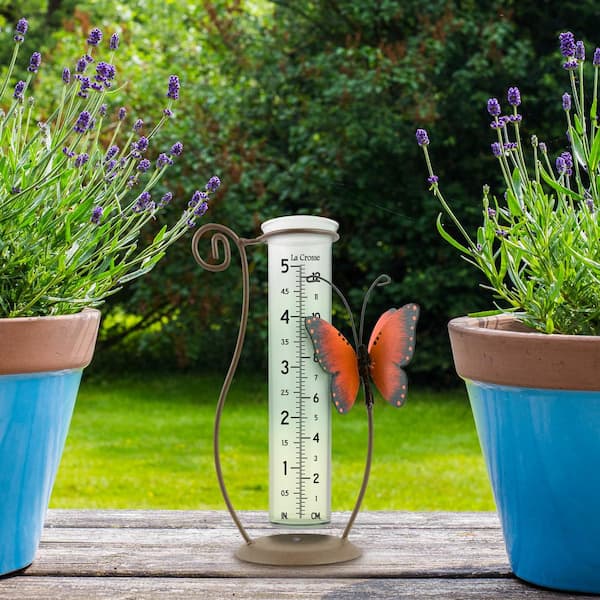DIY Rainfall Gauge: Straightforward Actions to Make Your Own
Are you curious about tracking rainfall in your location? Creating your very own DIY rainfall scale is a basic and effective means to tape and gauge precipitation. With simply a few typical products and some fundamental actions, you can conveniently create your own rain gauge in the house. In this overview, we will give you with a step-by-step procedure to assist you develop your own rainfall scale. No need for any type of specialized expertise or equipment - this job can be completed by any individual. By complying with these simple guidelines, you will have a reputable device to gauge rainfall and add to your understanding of the regional climate patterns. So, let's start on making your do it yourself rainfall scale today!
Gather Materials
To begin building your Do it yourself rain scale, gather all the needed products utilizing an extensive checklist of items. Having the ideal materials on hand will make certain the successful development of your rainfall gauge and enable for exact measurements of rainfall. Collecting these materials ahead of time will certainly improve the building and construction process and guarantee that you have every little thing you require to create your own Do it yourself rainfall gauge.
Prepare the Container

Mark the Dimension Increments
To precisely measure the quantity of rains, precisely noting the dimension increments on your do it yourself rainfall scale is crucial. Without clear and specific markings, it would be hard to figure out the exact quantity of rainfall accumulated in your rain scale. Right here are the steps to note the measurement increments on your rainfall gauge.
First, determine on the system of dimension that you want to use. One of the most typical systems for measuring rains are inches and millimeters. As soon as you have picked the system, make use of an irreversible marker or water-proof paint to mark the increments on the side of your rainfall scale. For inches, you can mark every quarter inch or every fifty percent inch, relying on your preference. For learn this here now millimeters, you can note every 10 millimeters or every 20 millimeters.
When noting the increments, it is essential to make sure that they are equally spaced and clearly noticeable. Make use of a leader or measuring tape to make sure accuracy and uniformity. In addition, ensure that the markings are resistant to fading or massaging off, as direct exposure to the components might create them to wear away with time.
Location the Rainfall Scale Outdoors
The rain gauge should be placed outdoors to accurately collect rains information. The area selected for the rain scale need to be open and cost-free from any kind of blockages that might potentially affect the dimension of rains. The Rain Gauge.
Furthermore, it is vital to position the rain scale on a steady surface, such as a degree ground or a strong article. This will prevent any kind of activity or tilting of the gauge, which could lead to inaccurate dimensions. It is additionally advisable to stay clear of positioning the gauge near any kind of sources of man-made water, such as sprinklers or drain systems, as this can conflict with the accuracy of the dimensions.
Monitor and Document Rainfall Information
Normal tracking and recording of rainfall information is crucial for precise information evaluation and interpretation. By tracking rains measurements, you can obtain important understandings into weather patterns, climate fads, and water resource monitoring. To successfully you could try this out keep track of and videotape rainfall information, it is very important to develop a routine and keep consistent methods.
Firstly, make sure that your rain gauge is placed in an open area far from barriers such as trees or buildings that might obstruct rainfall. In addition, see to it the rainfall scale is level and safely secured to stop any type of activity that could impact the precision of the dimensions.

When videotaping the rains data, it is very important to note the date and time of each dimension. Make use of a leader or a gauging stick to identify the rainfall depth in the rain gauge, and record this info properly.
To make sure the precision of the measurements, it is suggested to empty the rainfall scale after each recording. This will certainly protect against any kind of overflow or dissipation from impacting subsequent dimensions.
Verdict
To conclude, creating a DIY rainfall gauge is a simple and sensible method to monitor and videotape rainfall information (The Rain Gauge). By complying with the steps laid out in this short article, you can conveniently gather materials, prepare the container, note the dimension increments, and put the rainfall gauge outdoors. Regularly keeping track of and videotaping rainfall information can supply valuable info for numerous functions
Having the appropriate materials on hand will certainly guarantee the effective production of your rainfall gauge and permit for exact dimensions of rainfall.To properly determine the quantity of rainfall, precisely noting the measurement increments on your DIY rainfall gauge is crucial.The rain scale should be put outdoors to properly collect rainfall information. The area chosen for the rain scale need to be open and complimentary from any type of blockages that might possibly affect the measurement of rains.In verdict, creating a DIY rainfall scale is a functional and straightforward way to keep track of and tape rains information.